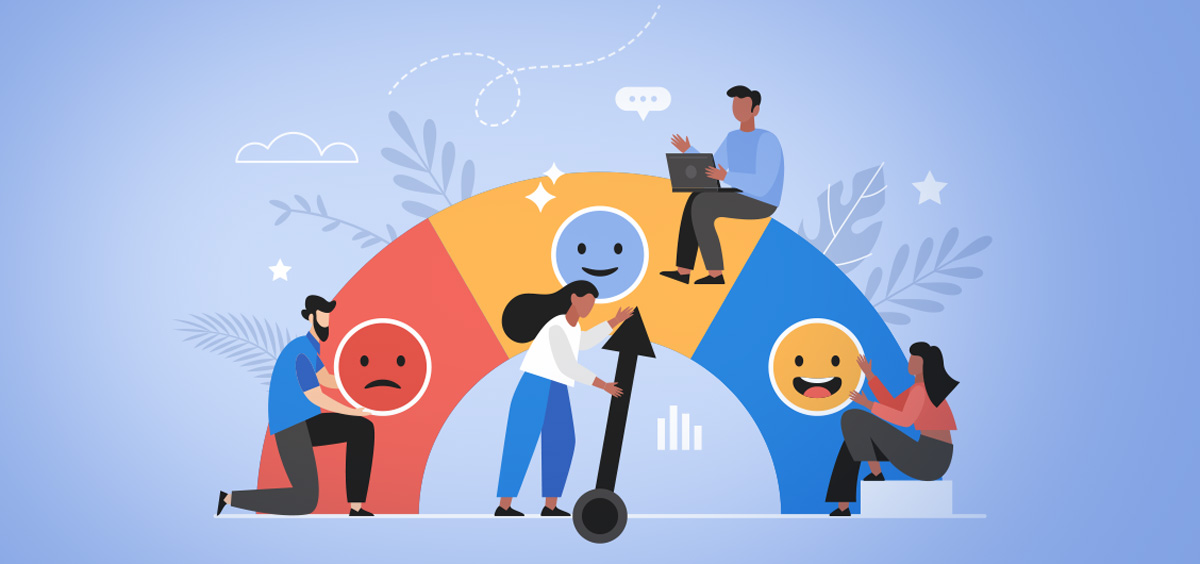
A well-designed survey can reveal the cognitive biases and heuristics that steer consumer decisions, shedding light on unpredictable and predictable behaviors. Researchers can leverage this understanding to anticipate market responses, refine product positioning, and develop impactful marketing strategies. In essence, behavioral economics delves deep into the nuances of human decision-making.
Frequently, we encounter the question: "Don't individuals realize when they're being targeted by a behavioral economics strategy? Isn't it apparent?" Although recognizing these biases can lead people to be more vigilant and may decrease their vulnerability, many still succumb to these tactics despite being aware of their presence, and there are multiple reasons for this:
- Innate Human Nature: Many biases identified by behavioral economics stem from deeply ingrained evolutionary patterns of human thinking. For instance, loss aversion, the phenomenon where people are more sensitive to losses than equivalent gains, may have had evolutionary benefits. Overriding such deeply rooted tendencies can be challenging.
- Emotion vs. Cognition: While an individual might be cognitively aware of a bias, emotional factors can still sway decisions. For example, someone might know about the scarcity heuristic (where items perceived as scarce are deemed more valuable). However, the excitement and urgency of a "limited-time offer" can still lead to impulsive buying.
- Cognitive Load: It requires mental effort to constantly analyze one's thoughts and actions for biases. In situations where individuals are stressed, distracted, or multitasking, they are more likely to revert to intuitive, biased thinking patterns.
- Environmental and Social Factors: Even if an individual tries to avoid biases, they might still be influenced by their environment or peer pressure. For instance, the bandwagon effect, where people do something primarily because others are doing it, can affect someone despite their awareness.
- Overcompensation: Sometimes, when people are aware of a bias, they might overcorrect and swing too far in the opposite direction. For instance, someone wary of confirmation bias (favoring information that confirms existing beliefs) might overvalue dissenting opinions, even if those opinions aren't supported by robust evidence.
- Complexity of Decisions: Some decisions are multifaceted and have various factors, making it hard to account for all potential biases influencing the decision.
That said, awareness and education about behavioral biases are undoubtedly beneficial. Training, repeated exposure to these concepts, and external tools or nudges can help people make more rational decisions. For example:
- Decision Aids: Tools and/or checklists can help people make decisions more systematically, reducing the influence of biases.
- Feedback and Reflection: Encouraging individuals to reflect on their decisions and providing feedback can help them identify and counteract their biases over time.
- Delaying Decisions: Pausing before making a decision, especially an impulsive one, can allow for more rational, less biased thinking.
In the intricate dance of human decision-making, behavioral economics shines a light on the subconscious drivers behind our choices. While individuals may strive to evade these inherent biases, as market researchers, leveraging an understanding of these tendencies in survey design and reporting can significantly elevate the quality and depth of findings. Harnessing this knowledge allows for a richer, more nuanced understanding of consumer behavior, ultimately enabling researchers to predict market trends with heightened accuracy and craft strategies that resonate deeply with their target audience.
